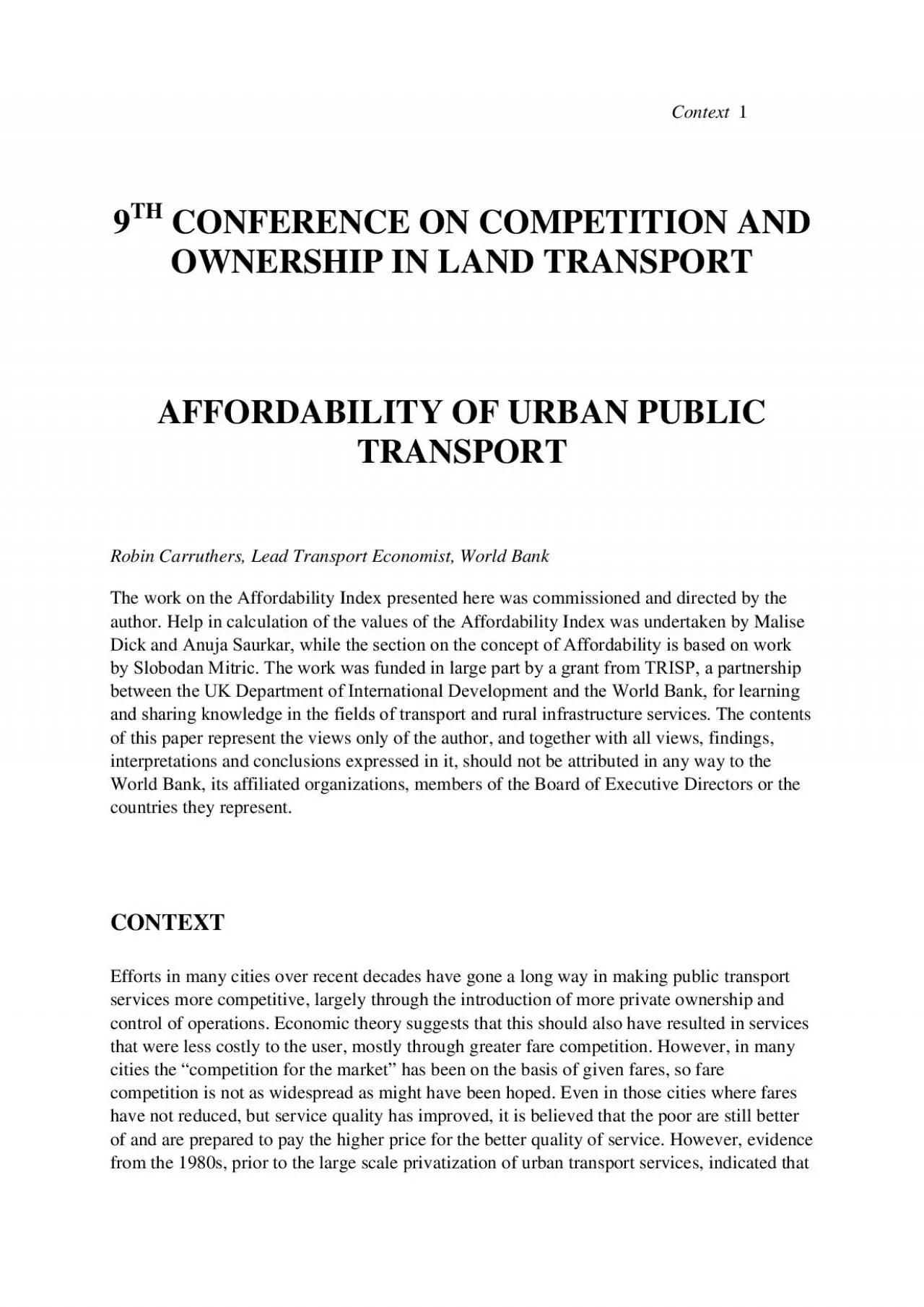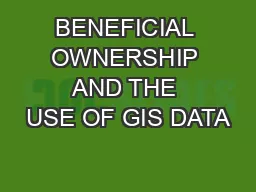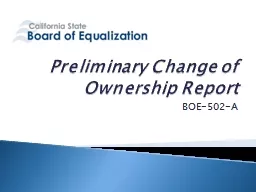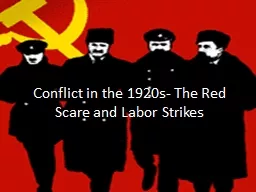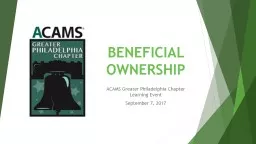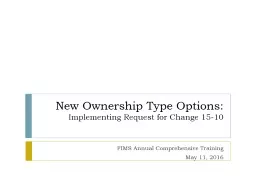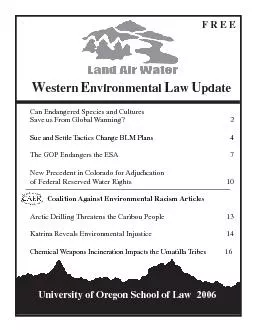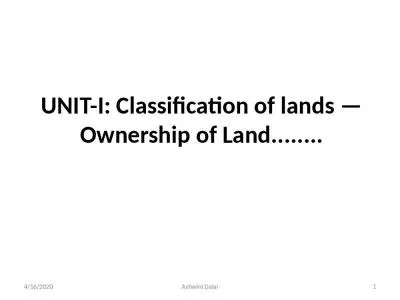PDF-Context19TH CONFERENCE ON COMPETITION AND OWNERSHIP IN LAND TRANSPORT
Author : brooke | Published Date : 2021-06-18
2 Affordability of Urban Public Transport the poor were already paying up to 30 of their gross income on transport Given the other calls on their income and the
Presentation Embed Code
Download Presentation
Download Presentation The PPT/PDF document "Context19TH CONFERENCE ON COMPETITION AN..." is the property of its rightful owner. Permission is granted to download and print the materials on this website for personal, non-commercial use only, and to display it on your personal computer provided you do not modify the materials and that you retain all copyright notices contained in the materials. By downloading content from our website, you accept the terms of this agreement.
Context19TH CONFERENCE ON COMPETITION AND OWNERSHIP IN LAND TRANSPORT: Transcript
Download Rules Of Document
"Context19TH CONFERENCE ON COMPETITION AND OWNERSHIP IN LAND TRANSPORT"The content belongs to its owner. You may download and print it for personal use, without modification, and keep all copyright notices. By downloading, you agree to these terms.
Related Documents

